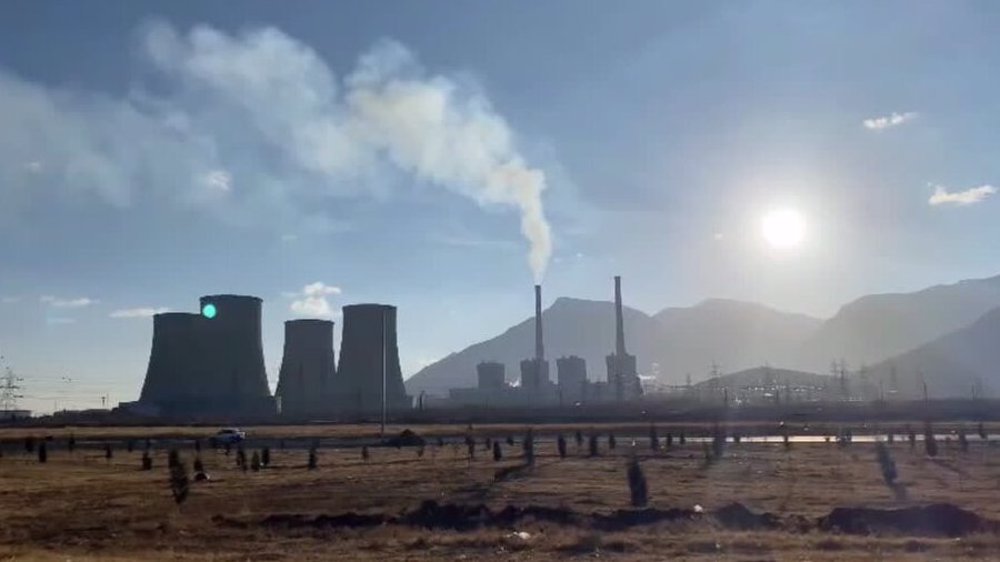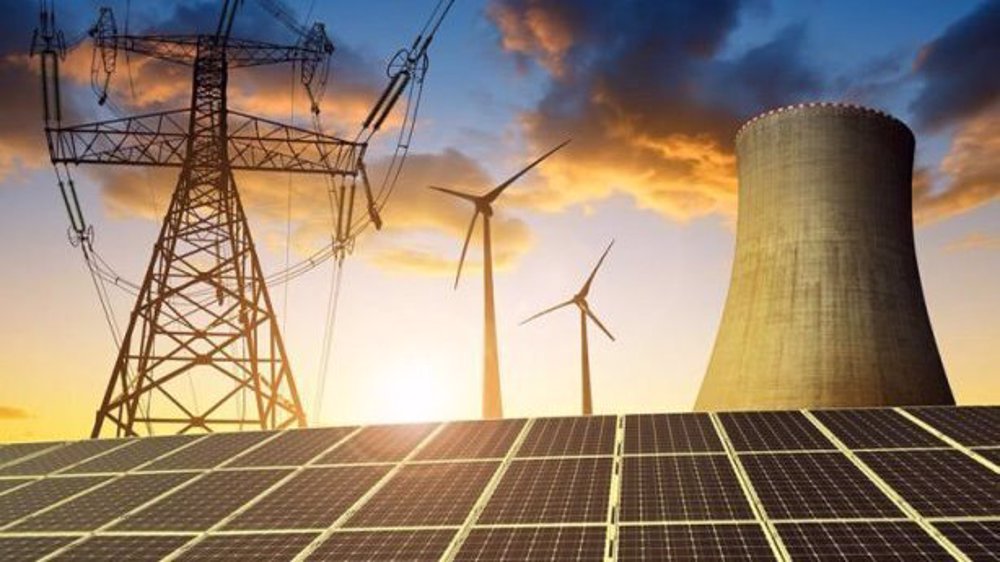Iran’s exports steady as US targets oil revenues
Iran exported 2.25 million barrels per day (bpd) of crude oil to customers in Asia and Europe in September, data released by the Ministry of Petroleum showed on Saturday.
The country also shipped 430,000 bpd of condensate to its clients in Asia where South Korea alone took half of the cargoes of the superlight form of crude, it added.
China and India remained the prime recipients of crude from Iran, lifting more than 1 million bpd combined, despite reports that New Delhi was cutting purchases from the Islamic Republic.
The ministry figures did not give a breakdown of how much oil each country bought from Iran.
India bought an average of 450,000 bpd of Iranian oil between the beginning of 2017 to the end of August. Indian oil imports from Iran hit a record high in July, when the country’s refineries purchased 500,000 barrels a day.

US energy dominance agenda
Refineries in India are reported to have been told to cut imports from Iran in possible retaliation for Tehran not awarding a gas field development to Indian companies. However, Saturday's figures showed the purchases are rather steady.
On Thursday, US Energy Secretary Rick Perry announced that the first-ever cargo of US crude oil had arrived in India as part of President Donald Trump's energy dominance agenda.
US Interior Secretary Ryan Zinke said last week the agenda would consider using US oil to supplant Iran's oil wealth. US "economic leverage," he said, would work to "supplant every drop of crude that Iran produces ... and energy dominance is part of that."
Read more:
The Islamic Republic has painstakingly been ramping up oil production to regain its market share which the country lost under the most intensified sanctions in 2011.

The Ministry of Petroleum’s figures for September show Iran is already within the pre-sanction target level.
Meanwhile, Iran's light crude rose $2.02 in the week to September 29 to trade at $57 a barrel, state news agency IRNA reported. Iranian heavy crude climbed $1.49 to $54.53, it added.
According to Ministry of Petroleum, 60% of Iran’s oil exports go to Asia and the remaining 40% to European countries which resumed purchases from the Islamic Republic about two years ago.
Royal Dutch Shell, France’s Total, Italy’s Eni and Saras, Greece’s Hellenic Petroleum, Spain's Repsol, and Hungary’s MOL are some of Iran’s customers which have lifted about 720,000 bpd of oil since the start of the year.
China is the biggest customer of the Iranian oil, shipping more than 600,000 bpd since the beginning of the year.
Condensate exports
South Korea is the biggest client for Iran's condensate with 300,000 bpd of imports on top of 100,000 bpd of crude oil which it has bought on average from the country since the start of the year.

The National Iranian Oil Company (NIOC) has reportedly informed buyers in Asia that it would reduce condensate exports in October because of maintenance at the South Pars Gas Field.
IRNA, however, said Iran "intends to consume gas condensate in the country to meet domestic needs in line with the implementation of the 'resistance economy' program and prevention of sales of unprocessed raw materials."
Under the sixth development plan (2016-21), all the gas condensate produced in Iran is to be consumed internally.
The Persian Gulf Star Refinery is a new gas condensate refinery being developed near Bandar Abbas. It will have a processing capacity of roughly 360,000 barrels of gas condensate a day upon becoming fully operational in 2018.

Officials say the refinery will produce high-quality gasoline in order to make Iran self-sufficient in gasoline production. It will also enable the nation to export gasoline and other high-value products.
The refinery is currently operating with about 100,000 barrels per day of condensate supplied from the South Pars offshore gas field.
Dec. 22: ‘Axis of Resistance’ operations against Israeli occupation
‘Abhorrent’: Oxfam says only 12 trucks delivered aid in North Gaza since Oct.
VIDEO | Leader receives religious eulogists on Hazrat Fatima birth anniv.
Pope Francis slams Israel’s ‘machine-gunning’ of Gaza children
US hostage-taking of Iranian nationals violation of intl. law: Deputy FM
VIDEO | Carol Singers for Palestine on London’s Parliament Square
Ansarullah says ‘Israeli terrorists’ incapable of confronting Yemen, warns of secret weapons
VIDEO | Yemenis praise the military for its successful operations against Israel










 This makes it easy to access the Press TV website
This makes it easy to access the Press TV website